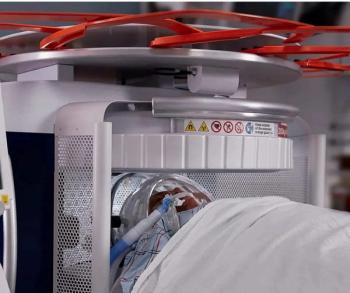AI Software for Brain MRI Gets Expanded FDA Clearance for Multiple Sclerosis Assessment
Through AI technology, Neurophet AQUA now provides multiple sclerosis (MS) analysis with a combination of lesion quantification and enhanced segmentation of T2-FLAIR MRI.
The Food and Drug Administration (FDA) has granted expanded 510(k) clearance for multiple sclerosis (MS) assessment with the magnetic resonance imaging (MRI)-based artificial intelligence (AI) software Neurophet AQUA.
The company said
• precise assessment of lesion count, volume and progression through enhanced quantification of lesions and structural changes;
• volumetric brain region assessment without the need for 3D T1 images; and
• bolstered segmentation of T2-weighted FLAIR images at 2D and 3D on 1.5T and 3T MRI platforms.
"MS is a neurological disorder that heavily relies on MRI for both diagnosis and disease monitoring, and the McDonald criteria, the diagnostic criteria for MS, specifically includes MRI confirmation of lesions disseminated in space and time," said Jake Junkil Been, the co-CEO of Neurophet. "Neurophet AQUA's advanced MS analysis technology significantly enhances efficiency and convenience for healthcare professionals, making it an indispensable tool in both diagnostic and prognostic stages."
Newsletter
Stay at the forefront of radiology with the Diagnostic Imaging newsletter, delivering the latest news, clinical insights, and imaging advancements for today’s radiologists.





























